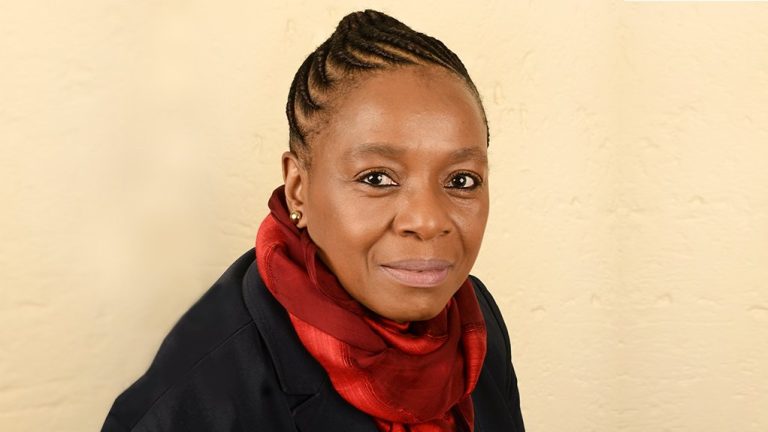The National Energy Regulator of South Africa (Nersa) has announced plans to hold a public hearing on State-owned power utility Eskom’s proposal to amend the formula used to calculate the generator losses charge for embedded electricity producers. The proposed change, which will directly affect how generation-related energy losses are priced, marks an important step in the ongoing modernisation of South Africa’s electricity tariff structure.
According to Engineering News, Nersa has published a consultation paper detailing Eskom’s application to update the methodology, which governs how costs associated with technical losses on the grid are apportioned. These losses occur when a portion of generated electricity dissipates as heat through conductors, transformers, and other network components before reaching end-users.
As explained by the regulator, the generator losses charge represents a cost recovery mechanism ensuring that generators contribute fairly to the maintenance and operation of the national distribution network. It effectively encourages producers to locate closer to areas of high demand, as generation plants positioned far from consumption centres typically result in greater transmission losses.
Eskom argues that the current system, which includes rebates for embedded generators, no longer accurately reflects real-world conditions. Recent technical studies and power flow simulations conducted by the utility indicate that embedded generators now contribute more significantly to network energy losses than before. The existing rebate mechanism, according to Nersa’s consultation paper, unintentionally creates a subsidy that distorts cost recovery and undermines equitable pricing.
The proposed amendment, which Eskom hopes to implement in the 2026/27 financial year through its updated Schedule of Standard Tariffs, seeks to ensure the calculation is more cost-reflective. The new formula would align loss charges with actual technical data, reducing inefficiencies and creating a more transparent pricing structure for distributed energy resources.
Members of the public and relevant stakeholders have been invited to review Eskom’s submission, which is available on Nersa’s official website. Written comments may be submitted by 13 November to ertsa@nersa.org.za. A virtual public hearing, scheduled for 24 November via Microsoft Teams, will allow for oral representations, with proceedings livestreamed on Nersa’s Twitter and YouTube platforms.
Those wishing to attend or participate in the hearing must submit their requests by 17 November to publichearings@nersa.org.za.
Eskom’s proposal comes amid ongoing efforts to reform the country’s electricity market to accommodate a growing number of independent power producers and embedded generators. Analysts say the review is timely, given the rapid expansion of distributed generation capacity in South Africa following recent regulatory reforms allowing private generation without a licence.
According to Business Day, Eskom’s network losses have become increasingly complex to manage as renewable energy sources, including rooftop solar and small-scale wind installations, proliferate across the grid. Adjusting the loss methodology could therefore be crucial in ensuring fair cost recovery and long-term system sustainability.
Nersa has indicated that its decision-making process will balance the interests of Eskom, embedded generators, and end-users, while safeguarding transparency and competitiveness in the electricity sector. The regulator’s final determination is expected to set an important precedent for how distributed energy is priced and managed within South Africa’s evolving energy landscape.


